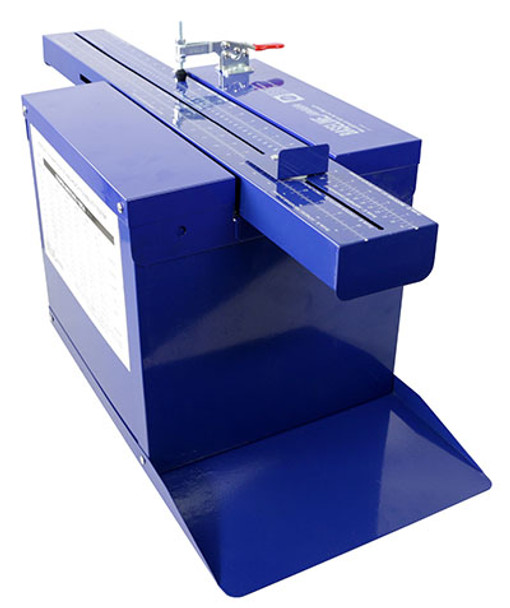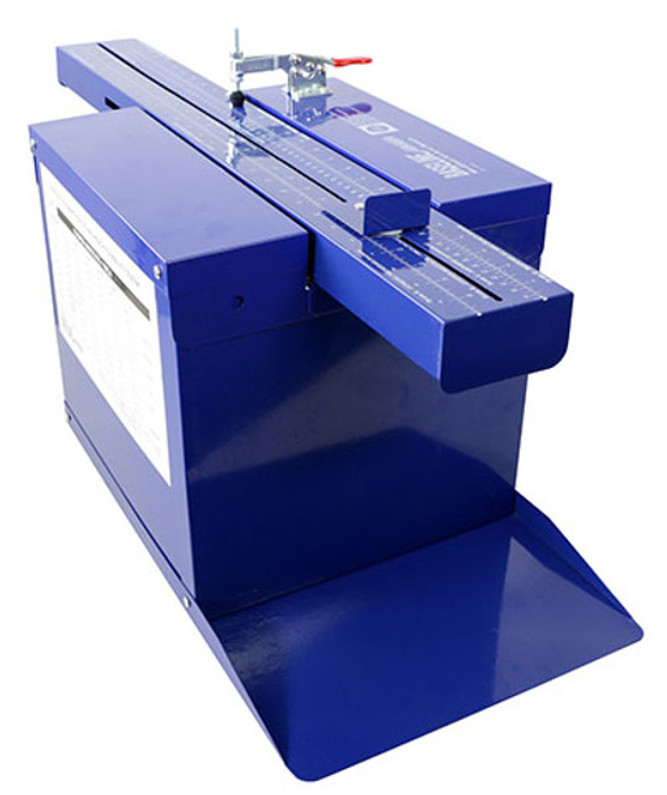Exploring the Sit and Reach Test: A Window into Flexibility and Health
Flexibility is a key component of overall physical fitness, and one widely used tool for assessing it is the sit and reach test. This simple yet effective evaluation method provides valuable insights into the flexibility of the lower back and hamstrings, offering benefits for individuals of all ages and fitness levels. In this article, we delve into the mechanics, significance, and applications of the sit and reach test.
Understanding the Sit and Reach Test:
1. The Setup: The sit and reach test requires minimal equipment - a measuring device, typically a sit and reach box or ruler, and a flat surface. Participants sit on the floor with legs extended straight and feet placed against the measuring device.
2. The Execution: With legs together and knees locked, individuals reach forward as far as possible. The goal is to slide the hands along the measuring device while maintaining proper form. Fingertips are pointed straight ahead or slightly inward, and palms face downwards.
3. Measurement: The distance reached is recorded as the result, with positive values indicating a reach beyond the toes and negative values indicating a fall short. The outcome serves as a quantitative measure of flexibility.
Purpose and Significance:
1. Muscular Focus: The sit and reach test primarily targets the flexibility of the lower back and hamstrings. Adequate flexibility in these areas is crucial for daily activities, proper posture, and preventing musculoskeletal issues.
2. Health and Fitness Indicator: The test serves as a valuable indicator of overall health and fitness. Flexibility is not only vital for preventing injuries but also for enhancing mobility and reducing the risk of chronic conditions associated with a sedentary lifestyle.
3. Athletic Performance: Athletes in various sports benefit from the insights gained through the sit and reach test. Improved flexibility in the lower back and hamstrings can enhance performance, agility, and reduce the risk of injuries in activities requiring dynamic movements.
4. Rehabilitation Tool: Physical therapists incorporate the sit and reach test into rehabilitation programs. Monitoring changes in flexibility helps guide interventions for individuals recovering from lower back or hamstring injuries.
Considerations for Accuracy:
1. Warm-Up: Performing a proper warm-up is essential before attempting the sit and reach test. Adequate muscle temperature ensures accurate results and reduces the risk of injury.
2. Consistency: To track flexibility changes over time, consistent testing protocols are crucial. This includes maintaining a standardized technique and using the same measuring device for each assessment.
3. Population Variations: Interpretation of results should consider demographic factors such as age, gender, and fitness level. These variables can influence the expected range of flexibility.
Conclusion:
The sit and reach test is more than just a stretch—it's a valuable tool for assessing and improving flexibility. Whether you're an athlete aiming to enhance performance, someone on a fitness journey, or an individual in rehabilitation, this test provides a tangible measure of your flexibility and a guide for maintaining or improving it. Incorporating flexibility exercises into your routine, based on the insights gained from the sit and reach test, contributes not only to improved physical performance but also to overall health and well-being.
Recent Posts
-
Empowering Stress Relief: Harnessing the Power of Exercise for Well-being
Stress is an inevitable facet of life, impacting our well-being if left unchecked. While in small do …May 1st 2024 -
Enhance Your Finger Dexterity with FingerWeights
In physical fitness, there exists a plethora of tools and techniques aimed at strengthening various …Apr 30th 2024 -
The Powerful Link Between Movement, Exercise, and Mental Health: How Physical Therapy Can Bridge the Gap
Mental Health is often neglected amidst the chaos of daily life. However, the connection between our …Apr 27th 2024



